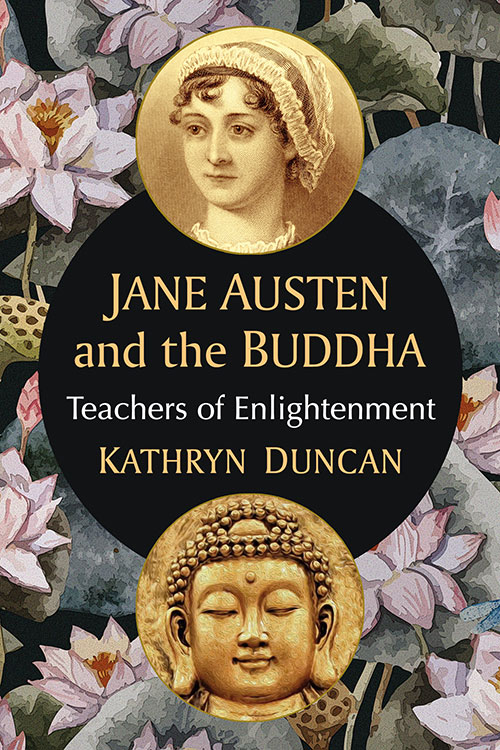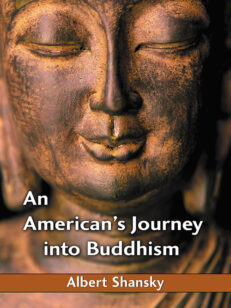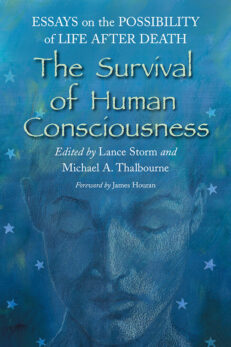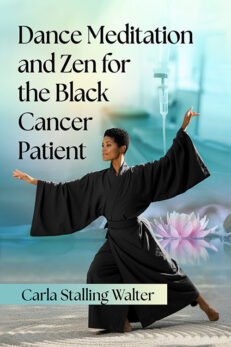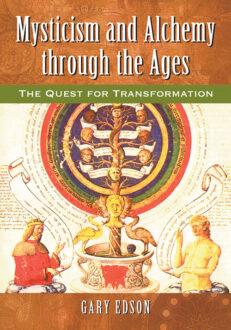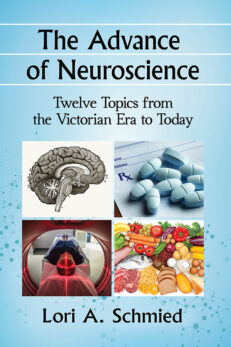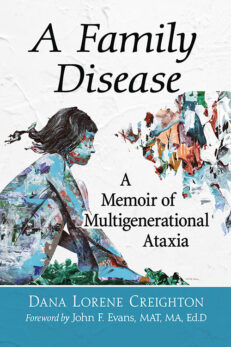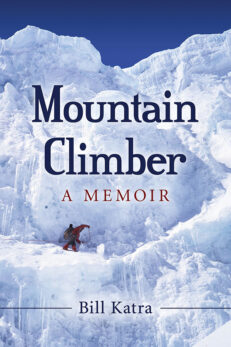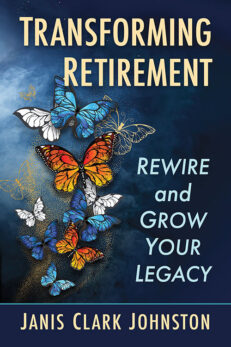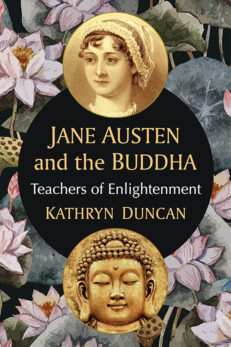Jane Austen and the Buddha
Teachers of Enlightenment$29.95
4 in stock
About the Book
Jane Austen wrote six books that were published at the beginning of the 19th century, all with happy endings. Yet below the courtship novels’ sparkling wit and dance scenes flows an undercurrent of suffering. Austen had a deep understanding of the sources and cure for suffering that shares much in common with Buddhism. Though not intentionally writing through the lens of Buddhism, Austen intuitively understood the Buddha’s most fundamental teaching of the Four Noble Truths: that life contains suffering, that we can discover the causes of suffering, and that we can stop suffering by following the Eightfold Path described by the Buddha. In this book, Austen fans or those who wish for a deeper understanding of how stories can alleviate suffering will discover a combination of psychology and Buddhism alongside accessible close readings of Austen. This unique approach offers insight into Austen’s enduring popularity and lessons we might apply to our own lives to find happiness—just like Austen’s heroines.
About the Author(s)
Bibliographic Details
Kathryn Duncan
Format: softcover (6 x 9)
Pages: 200
Bibliographic Info: notes, bibliography, index
Copyright Date: 2021
pISBN: 978-1-4766-8583-0
eISBN: 978-1-4766-4445-5
Imprint: Toplight
Table of Contents
Acknowledgments vii
Preface 1
Introduction 5
One. Why Stories Matter: The Evolution and Narrative of Anxiety 15
Two. A Buddhist Solution 30
Three. Pride and Prejudice and Poison 47
Four. Sense and Sensibility and Love 66
Five. The Secret to the Happy Ending: Compassion in Jane Austen’s Emma 86
Six. Catherine as Child of Nature in the Consumer Culture of Northanger Abbey 105
Seven. Powerful, Not Poor: Fanny Price as Bodhisattva 124
Eight. Persuasion: Why I Didn’t Want to Be Anne Elliot and Why I Now Aspire to Be Her 143
Conclusion 161
Epilogue 173
Chapter Notes 175
Bibliography 179
Index 185

